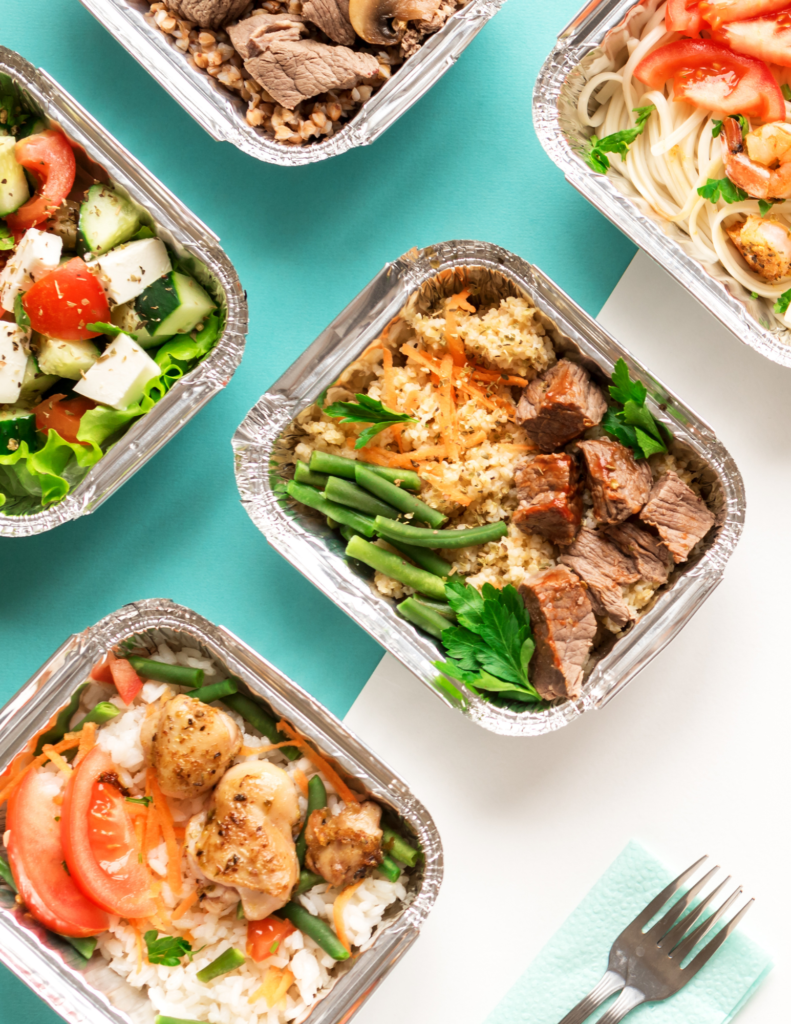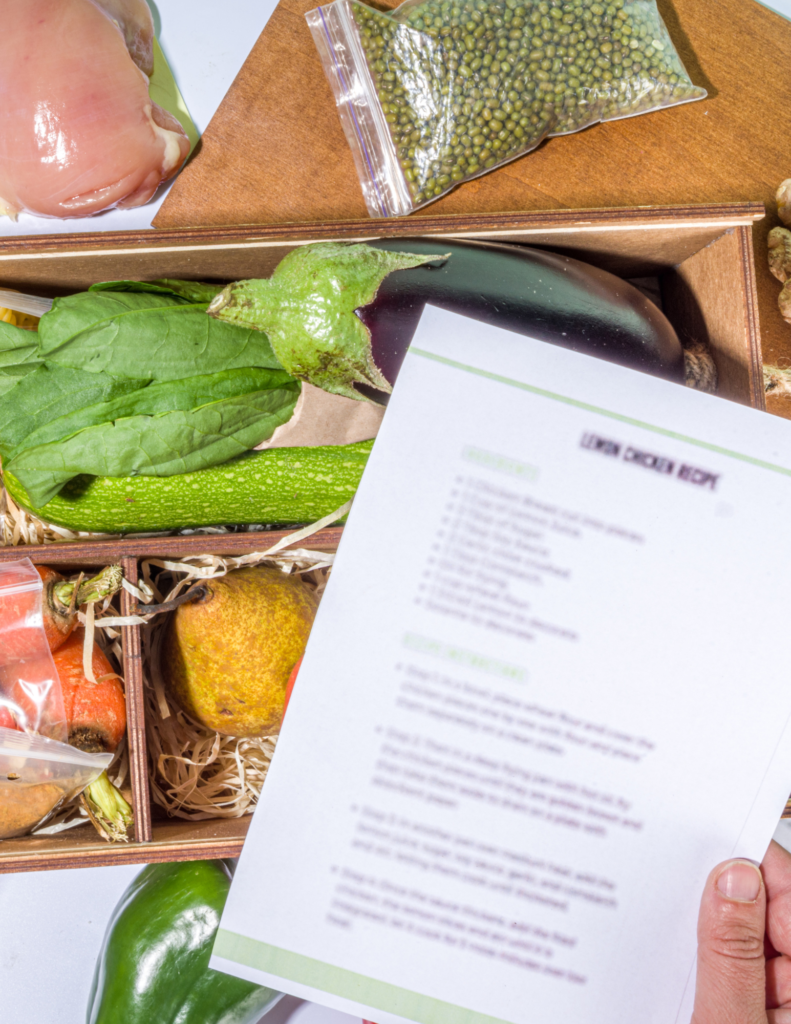
This post is written by Caring.com, a leading senior care resource for family caregivers seeking information and support as they care for aging parents, spouses, and other loved ones. Caring.com has been featured by AARP, The Administration for Community Living, The National Legal Resource Center, and Forbes, as well as referenced by many governmental agencies and organizations across the Internet. This is a great source if you have a loved one you’re looking to help live a more Well-Nourished life. They breakdown the best meal delivery services of 2023 here Caring.com The Best Meal Delivery Services of 2023 In this post you can read how how caring.com can assist in finding the best match for your meal delivery service. This is a great source of information to find a meal delivery service that tailor to your specific needs, ranging from fully prepared meals or ingredients to cook your own dinners. You’re vising my site, thus you may already know but I will remind you that being Well-Nourished is the first step and a vital necessity to continue living healthy and happy. Well-Nourished meals, easy and delicious, for Your Whole Well-Being. Visit caring.com for more.

WELL-NOURISHED MEALS DELIVERED
Seniors face dietary challenges as they age, especially in the presence of chronic health conditions, mobility challenges, and low energy. According to the USDA, over 44 million Americans are defined as “food insecure,” including many seniors who live with fixed incomes or with limited access to grocery stores.
Malnutrition often afflicts seniors who face these challenges, as they struggle to get to the store or cook healthy meals for themselves. Loved ones can shop and cook for their senior relatives, but this is rarely a permanent solution. As a result, meal delivery subscriptions have become popular alternatives to transportation services in getting seniors the meals they need.
As meal delivery has recently boomed into a multimillion-dollar industry, many families struggle to sift through all the options and choose the best service for their needs. At Caring.com, we’ll walk you step-by-step through the selection process so you can find the meal delivery company that’s right for you or your senior loved one.
How We Chose the Best Meal Delivery Services
With dozens of companies to choose from, our research focused on those that provide the best value overall based on multiple financial and health factors. We reviewed 28 companies that offer meal kits and prepackaged meals and chose the 8 stand-outs based on these characteristics:
- Wide Availability: We only considered companies that can deliver to the continental 48 United States or are likely to expand their services in the near future.
- Health Options: We only considered companies that offer at least one specialized diet option, as well as regular menu items that feature vegetables and other healthy ingredients.
- Affordable Pricing: We only considered companies that provide meals at $15 or less per serving, with the majority of companies offering meals between $10-$15 each.

Meal Delivery Service Categories
Meal delivery services usually provide either meal kits or fully prepared meals, packed in ice and delivered to your door in a large box. In either case, many companies let you purchase meals through a subscription that can be paused or canceled at any time.
Review our brief descriptions of meal kit services and fully-prepared meal services below, then check out our guide here www.caring.com/best-meal-delivery-services/ to discover some of the best brands available in these categories.
Meal Kits
What you get:
- A recipe card: The card will have easy step-by-step instructions and may include visuals and nutritional information. Many of these recipes can be completed in 30 minutes, though some may take up to an hour.
- Ingredients: These will probably be individually wrapped in the exact amount you need. In the case of produce, they may already be washed. You’ll need to do some chopping and cooking but likely little to no measuring.
What you need to already have:
- Standard appliances: You’ll need a sink, stovetop, and oven to use most meal kits.
- Cookware: You’ll need some pots, pans, cutting boards, knives, and utensils. Recipes won’t call for specialized cooking tools.
- A few staples: Some companies will assume that you already stock basic items such as salt, pepper, and olive oil.

Fully Prepared Meals
What you get:
- Fully cooked meals: These will be either fresh or frozen. Just heat and serve the single-serving you are provided according to the directions. Many of these meals come with side dishes included in the same tray as the main dish.
What you need to already have:
- Refrigerator with freezer: Your meals will come in a box with ice packs or some other cooling material, so they’ll be safe sitting on your porch for a while if you’re not home to receive them. Once in the fridge, they may last about a week, though this varies according to the company. Freeze whatever you don’t plan on eating.
- Oven or microwave: Most meals should be heated in the microwave. Some may be heated in the oven if you prefer, though not all companies provide oven-safe containers.

How to Choose a Meal Delivery Service
If you’re considering ordering from a meal delivery company, you may feel overwhelmed by the variety of services on the market. Use this guide as a starting point to understand the industry and determine what kind of service will fit your lifestyle.
Step 1: Determine If You Prefer Meal Kits or Fully Prepared Meals
Meal kits allow you to keep cooking while reducing your need for grocery shopping and meal planning. Fully prepared meals, on the other hand, take all of the work out of dinner time. Below, you’ll find information on who would be the best fit for each option.

Meal Kits
When assessing, if cooking from meal kits is right for you, consider the following questions:
- Do you want to cook?: If you like the idea of cooking but you’ve always struggled to cook or plan meals, these kits will build your confidence. These kits are also helpful if getting to the grocery store is challenging. However, if you simply have no desire to cook for yourself, then there’s no reason you have to choose a meal kit. Fully prepared meals can be just as healthy and are often the same price.
- How’s your balance, vision, and coordination?: If you feel energetic and enthusiastic about cooking, but you’ve experienced falls, you may want to discuss safety with your doctor. A doctor might give you tips for eliminating hazards and making your kitchen accessible. If you’re having severe problems with unsteadiness, loss of hand strength, sight, or memory, however, ordering meals that are already prepared may be the safer option.
- How’s your energy level?: It can be hard to give up cooking for those who enjoy the process, but if illness or aging are making your energy levels low or unpredictable, a meal kit may not be right for you. You don’t want to be stuck with a refrigerator full of meal kits and no desire to get up and cook.
Fully Prepared Meals
If you need a plan that requires zero cooking, then you can choose from one of many pre-prepared meal delivery services. Fully prepared meals from a meal delivery service may remind you of the freezer section of your local grocery store, but the truth is that most meal delivery services offer more balanced, nutritious meals than you can get in a typical grocery store. Most offer a choice between fresh and frozen deliveries.
Before choosing a pre-prepared meal delivery company, you may want to look into alternative services such as nonprofits that provide seniors with ready-made meals. In addition, your area may have opportunities to buy affordable, fresh meals made by a personal chef once a week in your own home. These services can be great alternatives to cooking if they are available in your area.
Whether you get your meals from a meal delivery service, a nonprofit, or a personal chef, you’ll just need to reheat when you’re ready to eat. Reheating will take a matter of minutes in a microwave. Most of the time, a pre-prepared meal will include one serving of an entree and side dishes, which can often be personalized to suit your preferences or needs.

Step 2: Consider Your Dietary Needs
After you’ve decided between premade meals or meal kits, pause to consider if your nutritional needs should influence your company choice. Almost all companies offer some form of specialty diet options, and many are designed by dieticians to be nutritionally balanced.
Many companies carry two or three of the following diet options:
- Low Sodium
- Low Carb
- Low Calorie
- Low Fat
- Heart-Healthy
- Vegetarian
- Renal-Friendly
- Family-Friendly
- Keto
- Diabetic
- Gluten-free or “no gluten added”
Other diet options, like the ones listed below, are rarer, but a few companies do offer them:
- Menopause-friendly
- Vegan
- Dairy-free
- High protein
- Mediterranean
- Cancer support
A few companies cater to special diets so much that they do one or more of the following:
- Coordinate with your doctor
- Staff health coaches that you can call
- Allow you to swap ingredients or side dishes
- Allow full meal customization
Step 3: Understand the Industry’s Pricing System
If you eat out or order takeout frequently, switching to a meal delivery service may save you money. If you’ve been doing your grocery shopping and cooking yourself, however, a meal delivery service may require a larger food budget, unless you’re able to have meals delivered from a nonprofit organization or through your insurance. Despite the higher costs, spending more on a meal delivery service will be worthwhile if it contributes to your safety, health, and happiness.
No matter your situation, try to determine how much of your budget you can reasonably afford to spend on meal services so that you can accurately assess the range of costs currently offered on the market.
Per Serving Costs
Many companies charge the same basic price per serving for all of their meals, making your weekly costs easy to predict. However, a few companies price each meal individually based on its ingredients, charging more for a steak dinner than a soup dinner, for instance.
Most companies offer a discount to customers who order large quantities of servings or meals each week. Ordering two two-serving meals will almost always be more expensive per serving than ordering three four-serving meals from the same company, for example. The price difference can be as dramatic as $2 or $3 per serving.
The lowest per-serving costs we have seen on the market for dinners have started around $6.50, and the highest we have seen have been about $25. You will probably find that most companies’ per-serving prices fall between $6 and $12. Breakfast and snack items are often around $5 per serving.
Shipping Costs
Some companies factor shipping costs into their per-serving cost, but most add an extra shipping charge to every box delivered. Keep in mind that boxes are large and may include about 20 servings. A few companies determine shipping fees by national zones, which means that those furthest from the distribution center face the highest costs. Very few companies ship to Hawaii or Alaska due to high costs.
Step 4: Decide How Much of Your Weekly Diet You Want To Be Delivered
Subscription is the most common way to buy delivery meals. When you sign up for a subscription, you’ll usually have two or three options for the number of meals you receive per week, as well as two or three options for the number of servings per meal.
Consider the following factors to decide how many days per week you want to have meals delivered:
- Your budget: Meal delivery services make life much easier for those who struggle to cook or shop, but the cost of using meal delivery for every single meal can add up. Many people find it best to combine meal delivery with some easy-to-prepare items from a grocery store (think bagged salads and rotisserie chicken). With online grocery ordering and delivery becoming available in many cities, you might not need to leave your home to get a few basics.
- Your support system: The extent to which your friends, family, or other caretakers have the time and resources to help you will be the biggest factor to consider when deciding how many meals per week you should order. If your current support system is strained, adding even a small, two-dinners-a-week meal plan could give everyone the break they need while still providing the wholesome food you need to stay healthy.
- Insurance: A few meal delivery companies are capable of providing meals through insurance or Medicare waivers. If you have a chronic disease, are housebound, or are recovering from surgery, you can speak with your Medicare Advantage provider or other insurance benefits providers about whether or not you qualify for temporary or long-term meal assistance.
A few companies allow you to order whatever amount of meals and servings you want, and these are a great option for those who want every meal of the week delivered. Another option for getting meals delivered for every day of the week is to use two different meal subscriptions.
Step 5: Look for Promotions Before You Buy
If you have a company in mind, chances are good that you can find some kind of promotion to make your first few orders cheaper. Many companies include promotional pricing or free shipping on any new customer’s first order directly on their websites.
You can also find promotions through a variety of advertising platforms. Radio stations, podcasts, and social media influencers frequently offer codes for meal delivery services. During our research, we found $20 and $80 discount codes for leading brands through all of the above platforms. Chances are good that a younger relative of yours might be willing to use their social media accounts to conduct a hashtag search for a brand name to help you find a discount code.
Even if the company you want is more traditional and doesn’t advertise on the above-mentioned platforms, it may still offer you a discount based on your age or membership in certain organizations. It never hurts to ask.
Go to Caring.com to learn more and get started.

